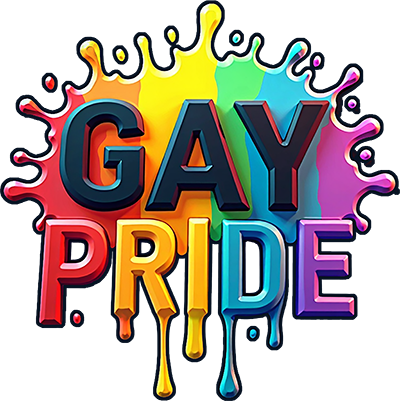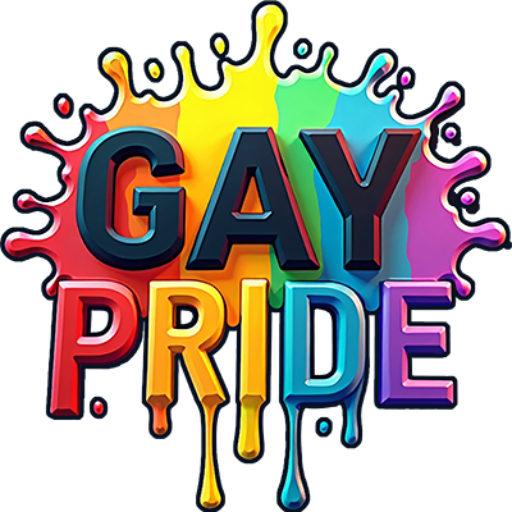LGBTQ Representation in Film and Television: A Journey Towards Inclusion 🌈
In recent years, the conversation surrounding LGBTQ representation in film and television has gained momentum. From groundbreaking shows to iconic movies, the portrayal of LGBTQ characters has evolved significantly. Let’s explore this journey, celebrating the strides made while acknowledging the challenges that remain.
Table of Contents
1. Historical Overview: From Stereotypes to Reality
2. Modern Milestones: Celebrating Iconic Shows and Films
3. Challenges Ahead: The Road to Authentic Representation
4. Impact of Representation: Beyond the Screen
5. Conclusion: A Brighter Future for LGBTQ Stories
6. FAQ
Historical Overview: From Stereotypes to Reality 🎬
The depiction of LGBTQ characters in media has a complicated history. In the early days of Hollywood, LGBTQ characters were often relegated to stereotypes or comic relief. These portrayals were not only limited but also damaging, as they reinforced negative tropes.
However, the landscape began to shift in the late 20th century. Films like “Philadelphia” and “The Birdcage” introduced more nuanced characters, paving the way for more inclusive storytelling. These early attempts set the groundwork for future progress, allowing LGBTQ characters to be seen as complex individuals, rather than caricatures.
Modern Milestones: Celebrating Iconic Shows and Films 🎥
Today, we are witnessing a golden age of LGBTQ representation, with television and film embracing diversity in storytelling. Shows like “Pose” and “Orange Is the New Black” have been praised for their authentic representation of LGBTQ characters, offering narratives that resonate with audiences worldwide.
In cinema, films such as “Moonlight” and “Call Me by Your Name” have made significant cultural impacts, not only for their storytelling but also for their critical and commercial success. These stories highlight the beauty and complexity of LGBTQ lives, encouraging empathy and understanding.
Challenges Ahead: The Road to Authentic Representation 🚧
Despite these advancements, there are still hurdles to overcome. One significant challenge is the lack of diversity within LGBTQ representation itself. Transgender and non-binary characters are still underrepresented, and when they do appear, their roles are often limited or misrepresented.
Moreover, there is a need for more LGBTQ creators behind the scenes. Authentic storytelling requires diverse voices in writing rooms and directorial chairs. The industry must continue to strive for inclusivity, both in front of and behind the camera.
Impact of Representation: Beyond the Screen 🌍
Representation in media has far-reaching effects. It can shape societal attitudes, foster understanding, and empower individuals. For many LGBTQ individuals, seeing themselves reflected in media is a powerful affirmation of their identity.
Moreover, inclusive representation can educate audiences, challenging prejudices and encouraging allyship. As stories become more varied and authentic, they have the potential to inspire real-world change.
Conclusion: A Brighter Future for LGBTQ Stories ✨
While there is still work to be done, the trajectory of LGBTQ representation in film and television is promising. By continuing to push for diversity and authenticity, the industry can ensure that all voices are heard and celebrated. The future of storytelling is one that embraces every color of the rainbow.
FAQ
1. Why is LGBTQ representation important in media?
Representation matters because it validates the experiences and identities of LGBTQ individuals, educates audiences, and fosters greater empathy and understanding.
2. What are some examples of LGBTQ-inclusive shows and movies?
Some noteworthy examples include “Pose,” “Orange Is the New Black,” “Moonlight,” and “Call Me by Your Name,” all of which offer nuanced portrayals of LGBTQ characters and stories.
3. What are the challenges faced by LGBTQ representation in media?
Challenges include a lack of diversity within LGBTQ representation, limited roles for transgender and non-binary characters, and a need for more LGBTQ creators in the industry.
4. How can the industry improve LGBTQ representation?
The industry can improve by promoting diversity in storytelling, hiring LGBTQ creators, and ensuring authentic portrayals that reflect the true diversity of the LGBTQ community.

